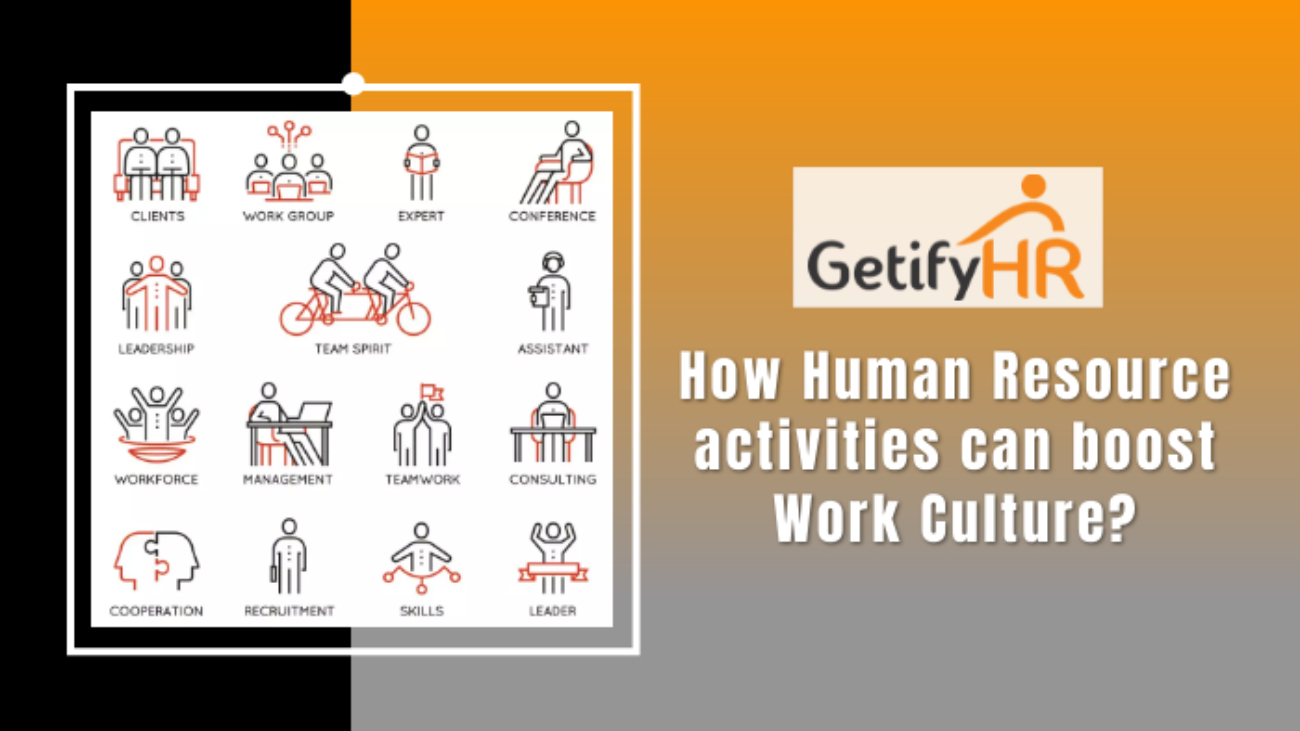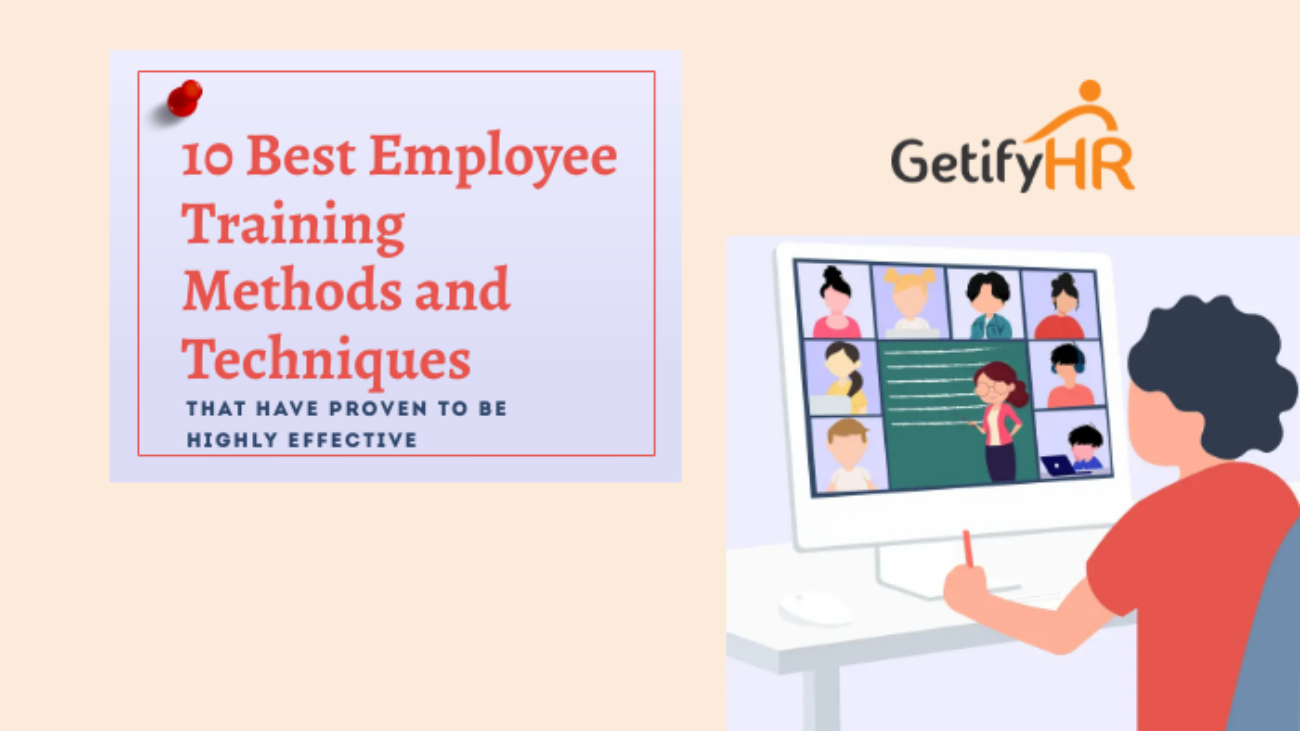The success of any organization wholly rests with the Human Resources Management team. Where the focus is to achieve the objectives of the organization, clear procedures have to be followed and this entails adopting and implementing rules and procedures that promote employee engagement and well-being. The HR team recruits and helps keep talent so that greater productivity is achieved by enabling a positive workplace culture.
The efficiency of the HR team fosters open communication and this not only helps in creating a positive work culture but also strengthens the bond between the Management and the Employees. In this article, we explore the strategies implemented by the HR team to boost workplace culture.
What is Work Culture?
Your work culture is the shared set of practices that guide your organization. These include your values, your beliefs, and your attitudes as reflected in the way you respond to your employees and customers. Work culture has a direct bearing on the types of candidates you attract for various open positions in your organization. A strong and positive work culture boosts productivity, reduces employee turnover, and improves employee engagement.
Work culture is a vital part of the organization’s core culture. It is prone to grow and change according to the circumstances and is, therefore, different from the organization’s core values which largely remain the same over time.
What is the Importance of Work Culture?
A positive work culture will strongly impact employee experience. It will have an impact on individual and team morale, employee engagement, and job satisfaction. A positive workplace culture creates a loyal and strong team of employees. On the other hand, a negative work culture promotes a toxic workforce that can curtail the growth of the organization and make it difficult to hire talent and retain them. Surveys have shown that positive company values and culture rank as the top influence on whether a candidate decides to accept a job offer. On the contrary, poor company culture is the main reason for employees to leave their jobs.
Factors that help in developing work culture?
Several factors help in developing a positive work culture. Let’s look into some of these:
- A supportive leadership.
- A feeling of being respected.
- Whether the actions of leaders align with the core values.
- Proper benefits, perks, and amenities.
- Learning opportunities.
- Opportunity for professional development.
- Job security.
- Frequency and quality of reorganization.
What are the strategies needed by HR to create a positive work culture?
Exceptional Onboarding Experience:
Provide an exceptional onboarding experience to new hires. A well-designed onboarding process is crucial for integrating new hires into the organization’s culture. HR can streamline the transition by providing comprehensive orientation, introducing company values, and fostering smooth relationships with colleagues.
Competitive Compensation:
The best way to attract and retain the best of talent is by providing fair and competitive compensation packages. HR can develop and implement competitive compensation and benefit packages that encourage and retain the best of talent. They play a vital role in benchmarking salaries, assessing market trends, and ensuring that employees feel valued for their contributions.
Team Building Activities:
Encourage team-building activities in your organization. HR-initiated team-building activities promote camaraderie, collaboration, and trust among employees. In an organization that oversees a distributed team, the biggest challenge is to establish genuine connections. By organizing regular team building activities the HR can help bring that “human” touch back to your workplace. These activities can range from informal gatherings to structured workshops aimed at enhancing teamwork and communication.
Promote Recognition:
Recognizing and rewarding employees for outstanding results would boost morale and motivation. This would encourage employees to continue performing at impressive levels and make them feel valued within the organization. This will act as a motivation to their peers to improve their performance, thus enhancing work culture and fostering friendly competition that leads to better performance. HR can implement recognition schemes, including employee of the month awards, peer-to-peer recognition, and milestone celebrations.
Collecting Feedback:
Collecting employee feedback is one of the most effective engagement initiatives. Regular feedback mechanisms, such as surveys and suggestion boxes, enable HR to gauge employee sentiment and identify areas for improvement. Actively listening to employee feedback demonstrates a commitment to their well-being and fosters a culture of continuous improvement.
Prioritize Welfare Programs:
The priority is to create a healthy work-life balance and the HR team must maintain the mental and physical health of the employees for better retention. When individuals are tired, stressed, or on the verge of burnout, they cannot be expected to perform at their best. HR plays a vital role in prioritizing employee welfare by offering benefits such as health insurance, wellness programs, flexible work arrangements, and family-friendly policies. These initiatives enhance employee satisfaction and promote work-life balance.
Improve Communication:
A healthy work culture can be brought in only with effective communication. Clear and open communication is the key to the success of any team and this is especially true for HR teams. In most organizations, HR is the main point of communication between the top management and the employees. HR can facilitate transparent communication channels, provide regular updates on organizational changes, and encourage open dialogue between management and employees.
Training and Development:
Investing in employee development through training courses and professional development programs demonstrates a commitment to individual growth and skill enhancement. HR can give employees the chance to update their knowledge and skills through training and development programs. This will enable the employees to feel appreciated, improve job satisfaction, and inspire them to work to their maximum potential. HR can identify training needs, organize workshops, and provide resources to support ongoing learning.
Accept New Technology:
The workplace is ever-evolving and continues to change at great speeds. New processes disrupt proven ways of completing jobs and new-generation employees come with different expectations and behaviors. Every organization is prone to the effects of change, in both technology and process. Embracing technology innovations streamlines processes, enhances productivity, and fosters a culture of innovation. HR can champion the adoption of new tools and platforms that improve workflow efficiency and facilitate remote collaboration.
Employment Engagement Survey:
Employment Engagement is a concept that highlights how the employees feel towards an organization and how their feelings translate into actions and behaviors at work. An employee engagement strategy is, therefore, the steps you take to build positive engagement at work.
Conducting regular engagement surveys allows HR to assess employee satisfaction levels, identify areas of concern, and implement targeted interventions. These surveys serve as valuable tools for measuring the effectiveness of HR initiatives and fostering a culture of continuous feedback and improvement.
Conclusion
In conclusion, human resource activities play a pivotal role in shaping and enhancing work culture. By prioritizing elements such as onboarding experiences, competitive compensation, team building, recognition, feedback collection, welfare programs, communication improvement, training and development, technology adoption, and engagement surveys, HR can foster a positive and productive work environment conducive to organizational success. Investing in work culture isn’t just a choice – it’s a strategic imperative for businesses aiming to thrive in today’s competitive landscape.
At GetifyHR, we have invested our time and effort in enhancing the work culture at different client locations across the country, with the sincere support of the HR teams. We have been able to provide regular updates and ideas to streamline the process so that employees have access to the best practices and technology that not only improves the work culture but also enhances productivity.


